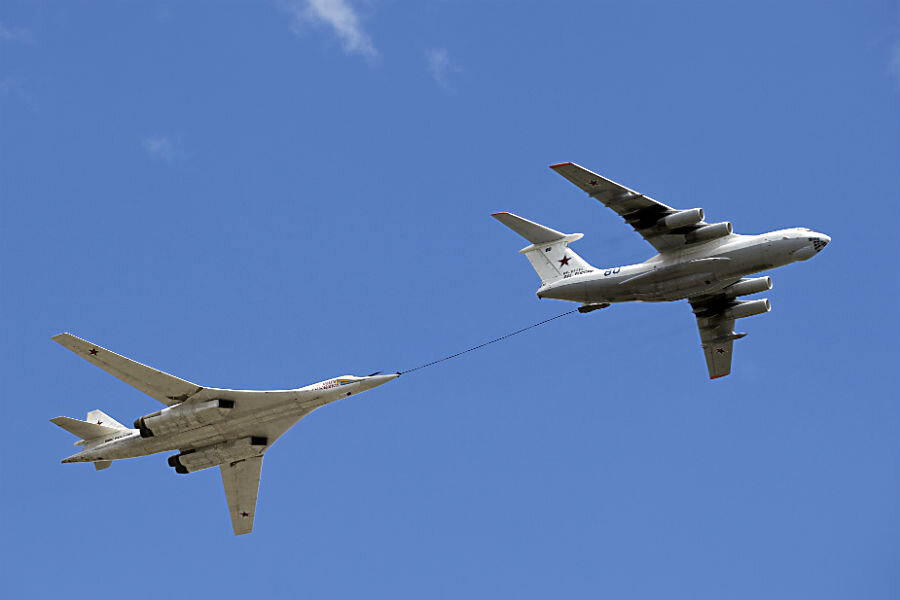US F-22 fighters intercept six Russian planes near Alaska
| Colorado Springs, Colo.
Two F-22 fighter jets intercepted six Russian military airplanes that neared the western coast of Alaska, military officials said Friday.
At about 1:30 a.m. Thursday, two Canadian CF-18 fighter jets intercepted two of the long-range bombers about 40 nautical miles (64 nautical kilometers) off the Canadian coastline in the Beaufort Sea.
Lt. Col. Michael Jazdyk, a spokesman for the North American Aerospace Defense Command, or NORAD, said the U.S. jets intercepted the planes about 55 nautical miles (88 kilometers) from the Alaskan coast at about 7 p.m. Pacific time Wednesday.
The Russian planes were identified as two IL-78 refueling tankers, two Mig-31 fighter jets and two Bear long-range bombers. They looped south and returned to their base in Russia after the U.S. jets were scrambled.
In both cases, the Russian planes entered the Air Defense Identification Zone, which extends about 200 miles (321 kilometers) from the coastline. They did not enter sovereign airspace of the United States or Canada.
Jazdyk said the fighter jets were scrambled "basically to let those aircraft know that we see them, and in case of a threat, to let them know we are there to protect our sovereign airspace."
In the past five years, jets under NORAD's command have intercepted more than 50 Russian bombers approaching North American airspace.
In early August, Russian bombers, a reconnaissance and anti-submarine aircraft were intercepted near Alaska.
The flights are part of an uptick of activity in and near the Alaska air defense identification zone that have sent U.S. fighter jets in a hurry to intercept the aircraft, Preston Schlachter, a spokesman for NORAD, told the New York Daily News.
The zone covers parts of the Aleutian archipelago, the Bering Sea and the Gulf of Alaska.
NORAD is a binational American and Canadian command responsible for air defense in North America.
Copyright 2014 The Associated Press. All rights reserved. This material may not be published, broadcast, rewritten or redistributed.





